In today’s media and entertainment landscape, the pursuit of top-tier quality across all forms of content shows no sign of slowing down, increasing the resources required to create characters and worlds that meet client and audience expectations.
Animation, VFX, and game development studios grapple with an ever-expanding array of personnel and tools necessary for the job, drawing attention to the need for seamlessly connected data and minimal technical hurdles that impede artist creativity. To help bolster collaboration and creativity, Autodesk put connected workflows and time-saving creative toolsets at the forefront of the latest development of its Design & Make software.
“Media and entertainment professionals truly represent creativity and grit. At Autodesk, it’s our job to fuel their success with better workflows so they can continue to craft incredible stories,” shares Ben Fischler, Director of Product Management, Content Creation, at Autodesk. “Today’s updates reinforce our commitment to enabling our customers to collaborate better and work smarter by supporting open standards, strengthening our content creation tools, and unifying workflows and data across entire production pipelines.”
The latest updates to Autodesk Maya, 3ds Max, and Arnold deliver continued support for open standards and improved modeling, animation, simulation, look development, and rendering capabilities.
Improve collaboration with open standards
With co-development on the rise, connecting assets and data across different tools, departments, and studios is crucial. This latest release introduces OpenColorIO support in 3ds Max, LookdevX enhancements in Maya, and a more robust OpenUSD (Open Universal Scene Description) integration in both tools for improved collaboration.
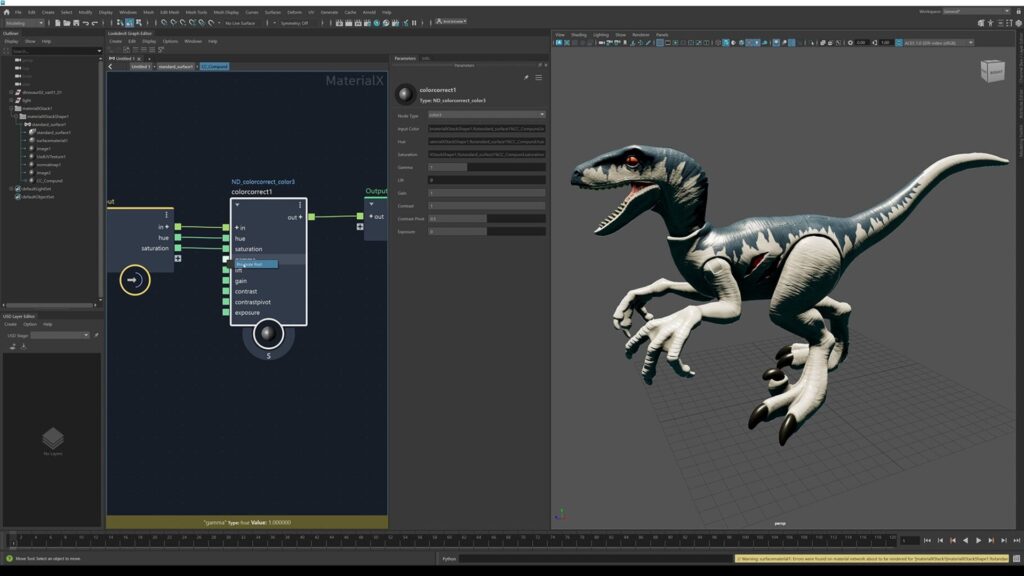
OpenColorIO support in 3ds Max – Easily adopt a standardized color management framework with OpenColorIO, now the default color management mode for new scenes in 3ds Max. Key enhancements include full color management integration for the VertexPaint tool and the ability to designate color space for output files in the Bake to Texture tool.
LookdevX enhancements in Maya – Achieve seamless material portability with significant enhancements to LookdevX, Autodesk’s agnostic material authoring plugin supporting OpenUSD. This update introduces a native MaterialX data model, meaning you can now import, export, and edit MaterialX files and assign MaterialX materials directly to Maya geometry.
OpenUSD improvements – For interoperable and nondestructive asset creation, 3ds Max USD 0.7 now enables importing animations such as animated lights, cameras, and BlendShapes. Maya USD 0.27 brings the ability to load or unload multiple prims simultaneously and use the Universal Manipulator for prim manipulation.
Hydra enhancements in Maya – Get one step closer to seamless viewport renderer integrations with significant enhancements to the Hydra viewer (technology preview). You can also now engage in the plugin’s development on GitHub.
Automatic Denoising in Arnold – Produce quality renders with the Intel Open Image Denoiser (OIDN) imager. For new scenes, Arnold plugins such as MtoA and MAXtoA now automatically denoise renders with the Intel Image Denoiser, while existing scenes remain unchanged.
Work smarter with new productivity tools
Modelers and animators can achieve new levels of productivity in Maya with a new Smart Extrude tool, Motion Trail Editor, and a completely redesigned Dope Sheet. And in 3ds Max, artists can achieve professional results even faster with improvements to tools like Retopology.
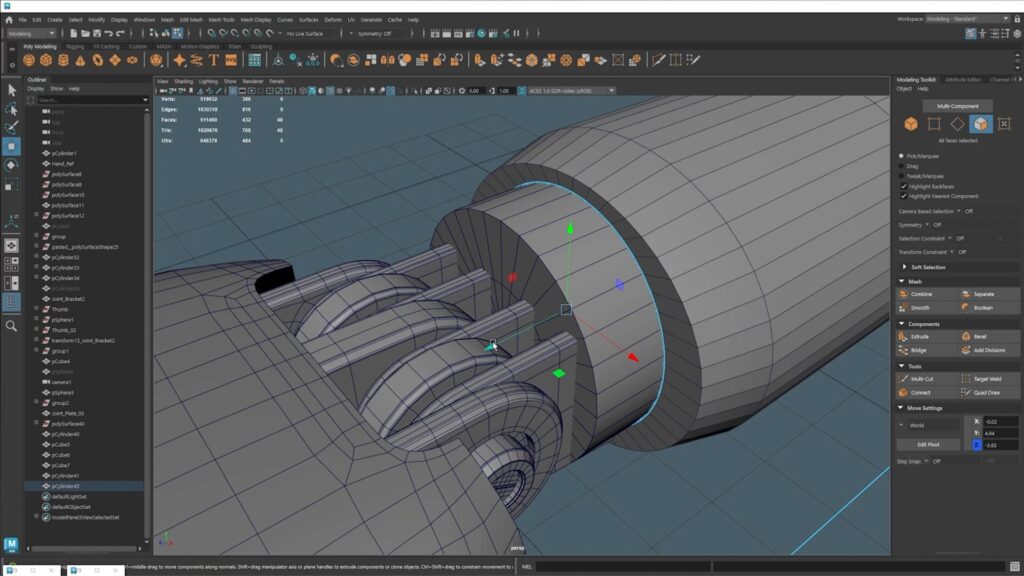
Smart Extrude in Maya – Extrude faces on a mesh in a predictable and flexible way with a new Smart Extrude tool (already available in 3ds Max) and eliminate the need to handle messy, unwanted geometry.

Retopology enhancements in 3ds Max – Minimize friction when modeling with significant speed improvements when optimizing asset geometry with Retopology 1.5.
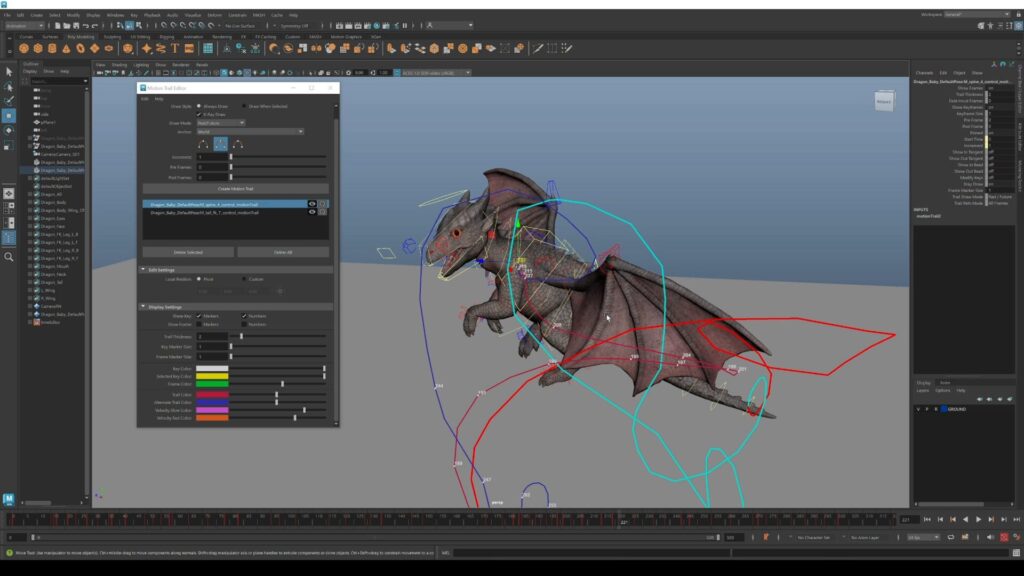
Redesigned Dope Sheet in Maya – Enjoy a user-friendly animation experience with a completely redesigned Dope Sheet, including the ability to create and flip between sets of commonly used animation controls for your characters.
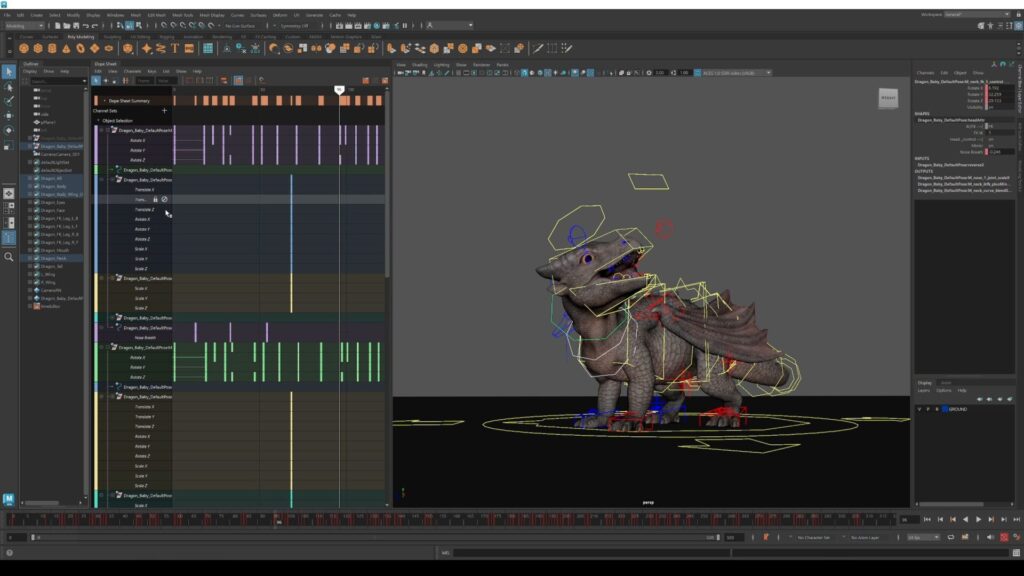
Motion Trail Editor in Maya – Reduce mouse travel and clicks with access to everything motion trail-related in a new, single spot, the Motion Trail Editor.
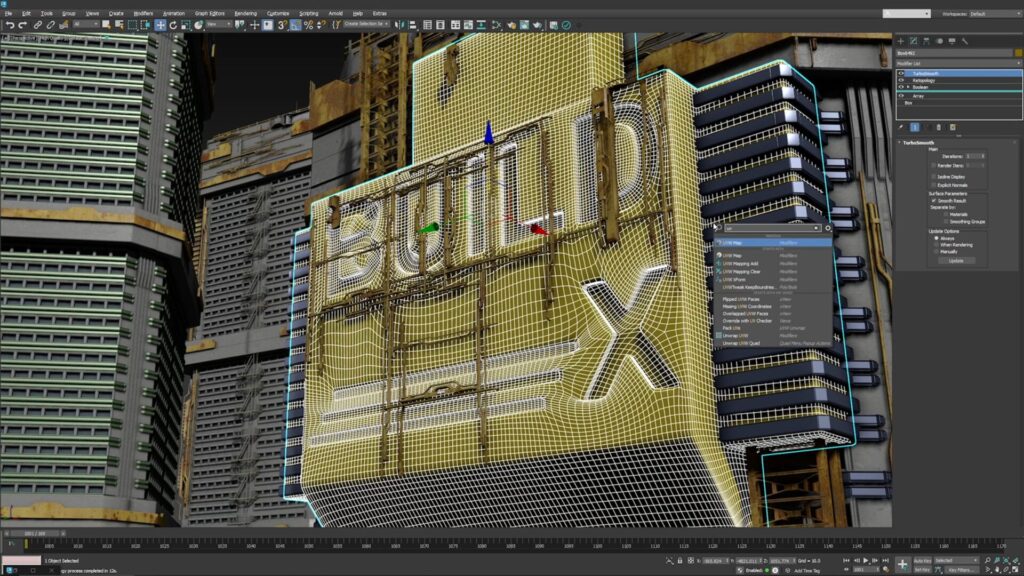
Global Search in 3ds Max – Save time hunting through menus with Global Search, which displays a thorough list of tools, functions, commands and settings when you press “x” in the viewport.
GPU Renderer Overhaul in Arnold – Render in a flash with an overhauled GPU Renderer in Arnold, bringing multiple improvements in startup time and rendering speed.
Progressive Dithered Sampling in Arnold – Achieve nicer noise distributions at low AA sample counts with support for dithered samples in progressive and adaptive rendering.
Automate content creation with proceduralism
New procedural tools in Bifrost for Maya help you automate mundane tasks so that valuable resources and talent can be dedicated to bringing better looking visuals to the screen.

Bifrost Ocean Simulation System (BOSS) – Reduce mouse clicks with procedural ocean simulation with BOSS, now integrated into the Bifrost graph, supporting 2D foam simulations and geometry displacement for waves.
Liquid meshing – Streamline content creation with in-graph liquid meshing tools in the Bifrost graph. This modular compound is designed to work with imported .bif caches from Bifrost liquids in Maya.
For a complete list of new features and technical specs, visit the Maya, 3ds Max, and Arnold What’s New pages.